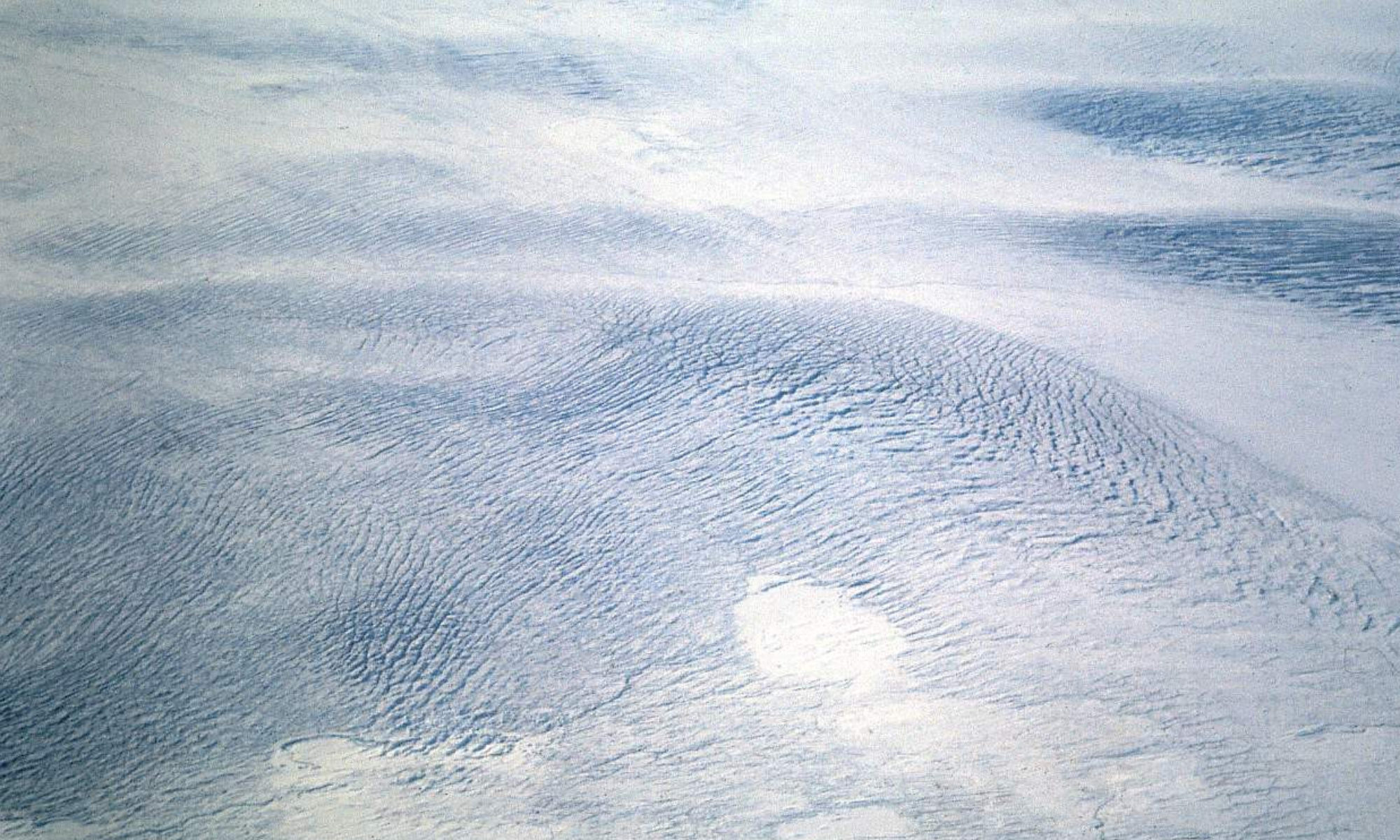
The group had planned to have the use of an aircraft for their expeditions but some vital parts had been left behind and so all travel was by dog-sledging. Like the other new men Fuchs had to learn to drive a team; his lead dog was ‘Darkie’ with whom he developed a close rapport.
From October 1948 the Governor of the Falkland Islands, Sir Miles Clifford, took charge of FIDS. In April 1949 the sea ice remained fast in Marguerite Bay and the Biscoe could not reach Stonington, so the men were stuck for a further winter – for five of them this was their third consecutive winter.
From early June 1949, Stonehouse and (two companions?), spent three months on the Dion Islands, living in tents in temperatures as low as -40C, to study the penguins during the winter breeding season, about which very little was known at the time. He gained valuable data on the breeding behaviour and embryology of the animals, observing their instinctive desire to hold an egg, or indeed any object of similar size.
In 1950 the sea ice cleared in early February and the Biscoe was finally able to get through. Stonington Base was closed and all except 36 dogs had to be put down, because no more than this could be accommodated on board ship. The surviving dogs were dispersed to other bases – a team of nine returned to Britain and performed in the Festival of Britain, led by Darkie, who later went to live with Fuchs and became a familiar sight in Cambridge. and more
Journeys from Stonington – 1948 and 1949
- Alexander Island – July 1948 – 220 miles, 23 days
- King George VI Sound – October 1948 – 940 miles, 90 days
- Dion Islands: Emperor penguin colony – June and August 1949
- King George VI Sound – Ablation Point and Eklund Island – October 1949 – 1084 miles, 90 days
